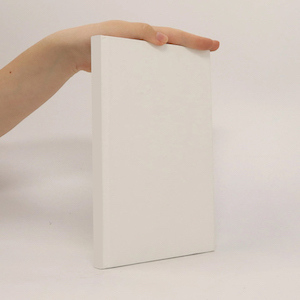
Parametre
Viac o knihe
Welding is a prevalent and advanced joining method, utilizing over 120 automatic and manual processes. However, the heating and melting involved can cause thermal strains, altering material properties and leading to distortions and residual stresses that must be minimized. Various strategies are being explored to reduce these distortions, including material investigations and research into mechanical and thermal boundary conditions. In contrast, thermal forming intentionally uses thermal strains to achieve desired shapes, employing well-defined heat sources for precise heat input in localized areas. This method can address accessibility issues and avoid drawbacks of mechanical forming, such as the spring-back effect. The 2nd IWOTE aims to merge expertise in welding and thermal forming, featuring 17 presentations on predicting and controlling welding distortions, 17 on thermal forming, and 3 on the integration of both processes, presented by researchers and industrial users. Additionally, 4 presentations from related fields will enrich the workshop. Topics include temperature and microstructure-dependent material properties, heating strategies, and deformation control methods. Appreciation is extended to the International Advisory Committee for their contributions, as well as to sponsors like the DVS, IIW, HansePhotonik, and the SFB 570. Special thanks go to Ms. Heike Weers for her organizational efforts in managing the proceed
Nákup knihy
Thermal forming and welding distortion, Frank Vollertsen
- Jazyk
- Rok vydania
- 2011
Platobné metódy
Nikto zatiaľ neohodnotil.
